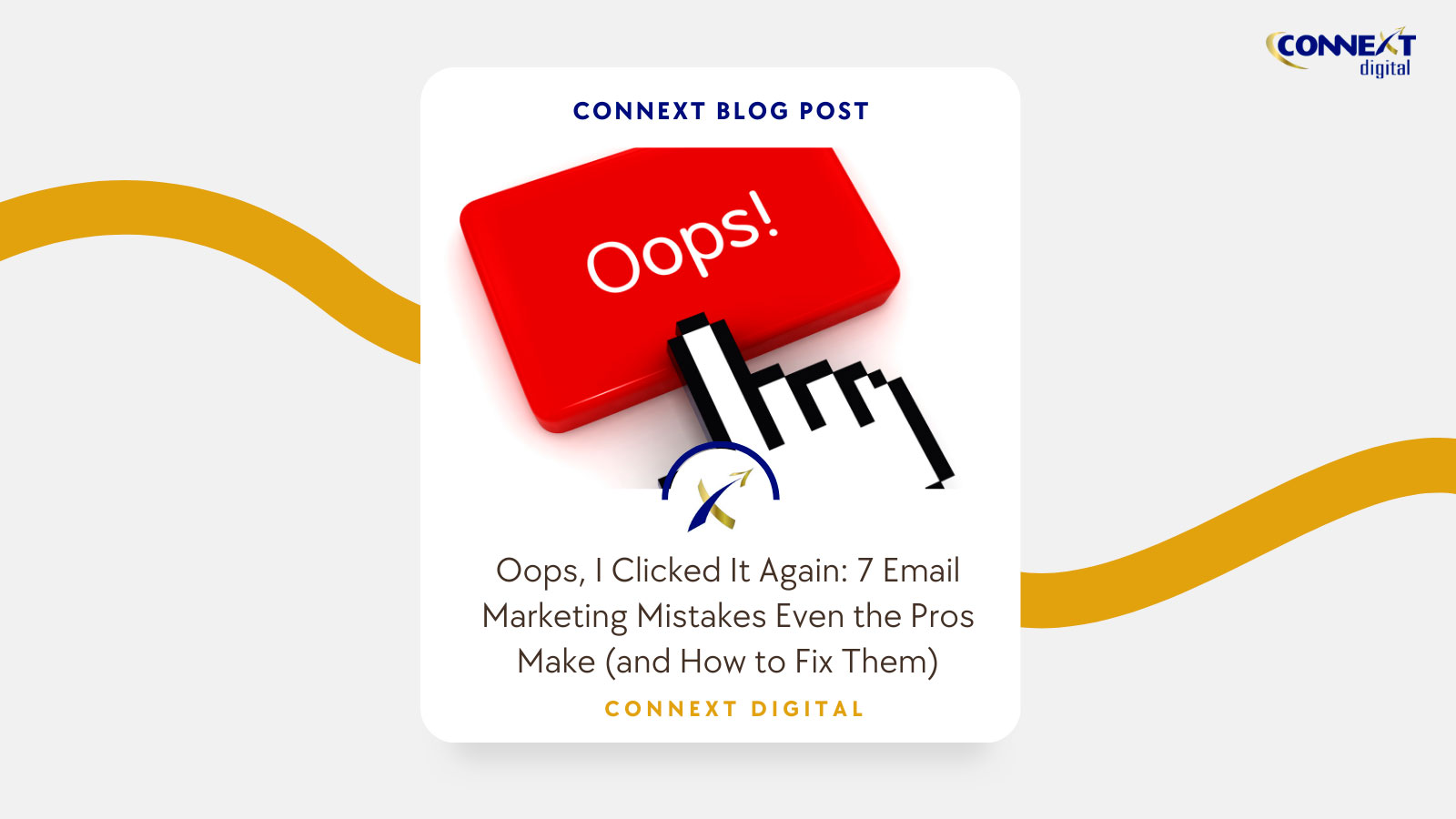
Operational Metrics: The Key to Productivity and Profitability
Every business owner should have a goal for their enterprise. Maybe you want to open three new locations for your Mexicali restaurant business. Or acquire a dozen new clients as you get support from a private label SEO service provider. Or have your mobile gaming collective release a new app in three months. All these goals aim to increase your company’s productivity and profitability.
But no matter what your goal is, you will need indicators that tell you how close you are to achieving it. These are operational metrics, and they’re invaluable in helping your company stay on target.
The Importance of Operational Metrics
Operational metrics are vital to a company’s long-term strategy and short-term tactics. If your business were a ship, operational metrics are the charts that indicate if your vessel is on a safe course or if you’re steering it into trouble. Without them, your company will end up lost and off-course.
Metrics provide management with quantitative and actionable evidence of their department’s performance. By monitoring their department’s key metrics, low-level managers can identify problem areas in their tactics and adjust accordingly. High-level managers can use operational metrics to guide the whole company’s strategy and optimize their entire process.
Types of Metrics
Each department of your company will have different operational metrics. Each one gives you an idea of how well that department is performing. You’ll need to collate and analyze their overlaps to see your whole company’s trajectory.
The following are a few metrics you should always monitor:
Employee Performance Metrics
The performance of each employee contributes to the overall efficiency of your company. It’s important to check on the quality of each employee’s output and to watch over all the productivity of the entire department. But employee performance doesn’t just manifest in the quality of their work. It’s also vital to monitor how often they show up for work.
Employee performance metrics are for department managers, human resources, and whoever oversees quality control in your company.
The following are some of the most important employee performance metrics:
- Objective fulfilment: Every part of a company needs goals, from individual employees to teams and their entire departments. This metric investigates whether an employee or team meets its objectives. If employees aren’t meeting their objectives, managers should investigate if it’s an employee problem or an issue with their work process.
- Work efficiency. This metric measures quantity and quality. It entails calculating how much time and money it takes for an employee or department to yield their designated output. If they’re taking too many resources to come up with mediocre products, there’s an issue in their department they need to resolve.
- Attendance rate. Employee performance and attendance have a high degree of correlation. If your workers like doing their jobs, they are absent less frequently. Absenteeism is an important metric of your company’s productivity; after all, your employees need to show up to do their work.
Marketing Metrics
Marketing campaigns used to be tricky business before the advent of digital marketing companies like social media advertisers and web design services. You can even outsource SEO work if that’s solely what your business needs.
Before, marketers had few ways to monitor the effectiveness of a campaign during implementation. Today, they can monitor the metrics of digital marketing campaigns whenever necessary.
Reviewing the metrics of a marketing campaign helps you find out if the strategy you’ve adopted is working or if it needs revision.
- Sales revenue. This metric tells you the efficacy of your marketing campaign by measuring the total revenue your company received from customers enticed by your marketing strategy. This metric is tied to your return of investment.
- Return of investment. A good business owner expects a healthy return of investment with every action they take for their company. The same principle holds with marketing. You must find out if you’re getting more from your marketing strategy than what you’re putting into it. Sales revenue is one way to find out if your marketing approach is generating revenue. If the ROI of your marketing strategy isn’t where you want it, it’s time to consider a new one.
- Conversion rates. The number of people who click your online ads or visit your website is meaningless if they don’t buy anything. If your marketing strategy is getting people to visit your site but failing at convincing them to purchase your products, does that count as a success? You’d need to refine your strategy to address such a problem immediately and maximize your ROI.
Task Handling Metrics
Task handling and monitoring is a relatively new field of commercial information technology. If your company uses organizational software to assign and manage projects, you should be aware of the following metrics. Taking them into account will give you a more accurate appraisal of your workforce’s ability to cope with their workload.
- Task tickets. You can check on the progress of projects and a department. By comparing the number of open and unfinished tasks versus those that are complete, you’ll know whether your employees can deal with their workload. Your managers should also check the due dates of specific tasks and projects and compare them with completion rates, so they know which ones need more supervision.
- Task handling time. Some project management software products have features that analyze the average amount of time it takes for employees or teams to process different tasks. These numbers are helpful when you’re evaluating the performance of a department. By delving into which teams and which members don’t handle tasks as fast as their peers, you can pinpoint system deficiencies and take steps to rectify them.
Actionable Statistics
Good business is like a court of law: you need enough evidence before reaching a verdict. If you monitor and collect them properly, operational metrics provide you with actionable statistics that will get you to your goal.
Are your marketing strategies successful enough that it’s feasible to open new branches of your Mexicali restaurant? Are your sales personnel fulfilling their objectives with time to spare to woo new clients?
With operational metrics, you can justify your actions and be confident about the direction you’re taking your company. With key metrics, you can carefully guide your business to new horizons of profitability and efficiency.





